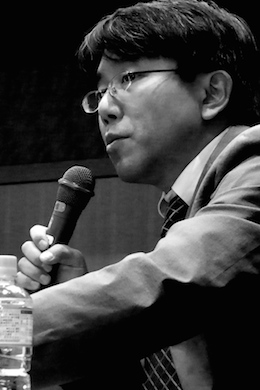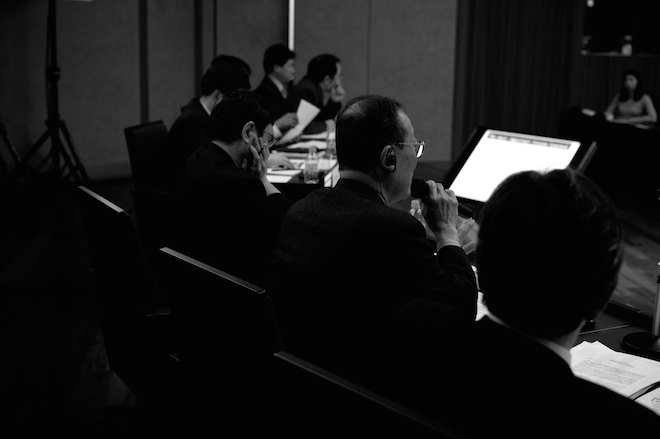Qualtifying Safety and Security with Risk Concept
Atsuo Kishimoto / Project Professor, Graduate School of Public Policy / Policy Alternatives Research Institute, the University of Tokyo

——— How is risk related to safety and security?
Kishimoto:The term “security” typically deals with something that is intentional or malicious, such as crime and terrorism. “Safety” is used for aspects that are unintentional or not caused by humans. In other words, the intentional mixing of chemical substances into drinking water is a matter of security, while the accidental entry of pollutants into drinking water is a matter of safety.
Risk is a concept that can be applied to both safety and security.
In the case of safety, risk assessment, which takes a quantitative approach to the concept of risk, began in the U.S. and Europe back in the 1970s and has become quite common in Japan in recent years. Because quantifying security is difficult, security has not been discussed much in the context of risk. I would like to lay a foundation on which we can discuss risk from all angles.
——— Do we need to consider the degree of risk when discussing policy priorities in terms of security?
Kishimoto: Yes. For example, suppose there are two security issues and until now there has been no way to determine where resources must be allocated. We need to consider security issues as risks for purposes of evidence-based decision making and to explain our basis for security policies. This implies introducing the concept of risk into the security domain.
——— Why has the concept of risk not been actively discussed in Japan?
Kishimoto: I think it has to do with how safety is understood on a cultural level. Until now, Japanese people have considered safety as an outcome. However, the international consensus is that safety can only be determined through processes and procedures; otherwise, the safety of new things cannot be defined. In other words, if safety is determined to be a process rather than an outcome, we need to change our way of thinking and our culture. This point is particularly related to the problems that are emerging with new technologies.

——— So you are saying that if we do not define safety correctly, there will be no innovation in society, right?
Kishimoto: Yes. Let us consider the case of cleaning robots. I was shocked by an article I read regarding a certain company on Sankei Shimbun’s Website two years ago. Even though the company had developed the technology for this product in advance, it delayed commercialization because it failed to guarantee 100% safety. They eventually shelved the product after prolonged discussion on what would happen if a fire started in the event a robot bumped the family altar and knocked over the candles or if the robot fell down the stairs and injured an infant below. I call this a case of the “what do we do if something happens” syndrome. I question whether Japan can innovate on the foundation of such thinking.
——— When and why did Japanese society reach this point?
Kishimoto: When cars were introduced approximately 100 years ago, numerous deaths were expected annually from traffic accidents, although this did not impede the introduction of technology. Attitudes began to change in the 1970s and 1980s, so much so that by the 21st century, attitudes toward safety had turned 180 degrees. Still, I do not think that society, including the government and business, can sustain this change.

How can we prove the safety of a new technology or a new material when we have a culture that does not accept something unless its safety has already been proven? It is impossible to prove 100% safety. However, we can prove the absence of unacceptable risk.
——— However, for consumers, there is no such thing as acceptable risk, right?
Kishimoto: That is right. The acceptability or unacceptability of something varies from person to person, by circumstances, and over time. Thus, I do not think it should be decided by society. I think we need to establish a process whereby we present multiple scenarios and estimate their respective pros and cons (risks, costs, and benefits), and then discuss them among various stakeholders to arrive at a consensus. This is the way to create safety in a society that has made a 180 degree turn in its values on the subject.
